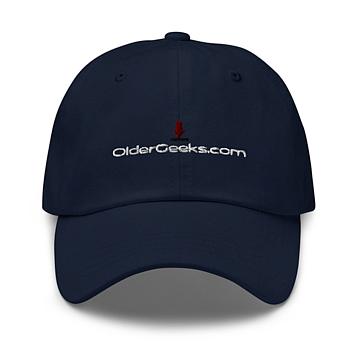 |
Fawkes v0.3
Fawkes v0.3
Image "Cloaking" for Personal Privacy
2020 is a watershed year for machine learning. It has seen the true arrival of commodized machine learning, where deep learning models and algorithms are readily available to Internet users. GPUs are cheaper and more readily available than ever, and new training methods like transfer learning have made it possible to train powerful deep learning models using smaller sets of data.
But accessible machine learning also has its downsides. A recent New York Times article by Kashmir Hill profiled clearview.ai, an unregulated facial recognition service that has downloaded over 3 billion photos of people from the Internet and social media and used them to build facial recognition models for millions of citizens without their knowledge or permission. Clearview.ai demonstrates just how easy it is to build invasive tools for monitoring and tracking using deep learning.
So how do we protect ourselves against unauthorized third parties building facial recognition models that recognize us wherever we may go? Regulations can and will help restrict the use of machine learning by public companies but will have negligible impact on private organizations, individuals, or even other nation states with similar goals.
The SAND Lab at University of Chicago has developed Fawkes1, an algorithm and software tool (running locally on your computer) that gives individuals the ability to limit how their own images can be used to track them. At a high level, Fawkes takes your personal images and makes tiny, pixel-level changes that are invisible to the human eye, in a process we call image cloaking. You can then use these "cloaked" photos as you normally would, sharing them on social media, sending them to friends, printing them or displaying them on digital devices, the same way you would any other photo. The difference, however, is that if and when someone ... |
 |
3,607 |
Aug 20, 2020
The SAND Lab at University of Chicago  |













